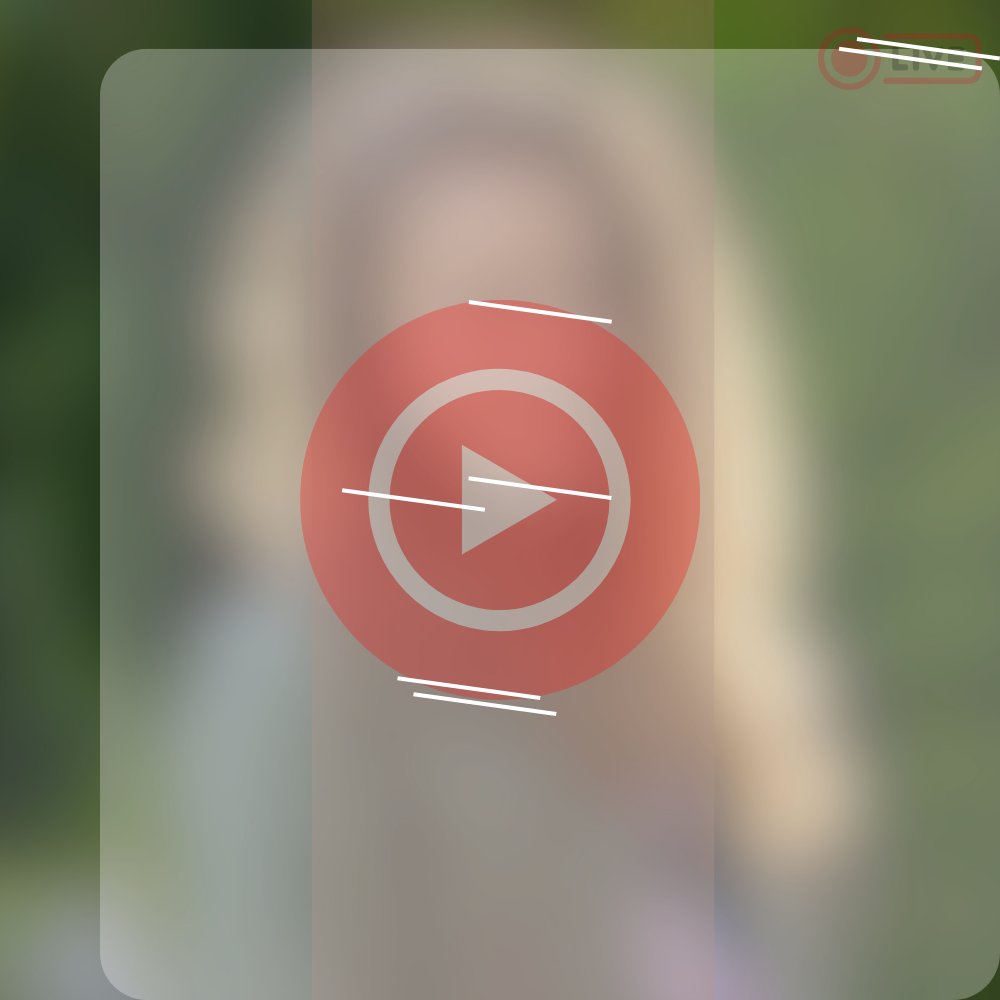We require age confirmation because our suite of financial planning and investment calculators—covering systematic investment plans (SIP), lump‑sum investments, loan eligibility assessments, and insurance projections—is intended strictly for users aged eighteen or above.
Будь ласка, підтвердьте свій вік, щоб продовжити.
( Please Confirm Your Age to Proceed )
In many countries, financial services require you to be 18 or older and legally responsible.
By confirming that you are at least eighteen years old, you gain access to powerful tools designed to help you:
- Explore tailored SIP strategies in local currencies such as the Ukrainian hryvnia (UAH), Macedonian denar (MKD), or euro (EUR)
- Model potential wealth growth over time with lump‑sum investments, accounting for regional interest rates and market conditions
- Check eligibility for personal loan products, comparing typical annual percentage rates offered by banks and credit unions across Eastern Europe
- Plan for major life events—education for children, retirement income, or property purchases—through dedicated insurance and savings calculators
Our calculators bring clarity to complex decisions like selecting a tax‑saving SIP in Ukraine’s individual investment accounts, weighing child education insurance options available in Serbia, or mapping out pension contributions under Albania’s voluntary pension schemes. By confirming your age, you unlock insights into:
- Optimizing regular contributions to mutual fund portfolios that track benchmark indices such as the PX GD index in Bosnia and Herzegovina or Serbia’s BELEX15
- Estimating returns on one‑time investments in high‑yield bond funds or balanced funds popular in Kosovo and Moldova
- Comparing life insurance quotes across providers that meet European regulatory standards under MiFID II
- Assessing personal loan eligibility criteria—loan‑to‑value ratios, minimum income requirements, and typical underwriting timelines in North Macedonia
We believe in promoting responsible financial education. While our calculators are free to use and built to help you make better‑informed choices, they do not replace professional advice. Always consult a certified financial adviser, tax specialist, or legal professional before making binding commitments in the real world.
Please confirm that you are at least eighteen years old to continue. Once confirmed, you will be able to:
- Select your preferred investment horizon and contribution frequency for SIPs
- Enter lump‑sum amounts and projected annual growth rates relevant to your country’s market
- Input income and credit history details to estimate loan approval chances
- Compare insurance coverages and premium schedules tailored to Eastern European demographics
Begin by verifying your age, and take the first step towards securing your financial future with tools calibrated for Ukraine, North Macedonia, Bosnia and Herzegovina, Serbia, Albania, Kosovo, and Moldova—maximizing your potential returns while staying fully compliant with local legal requirements.
